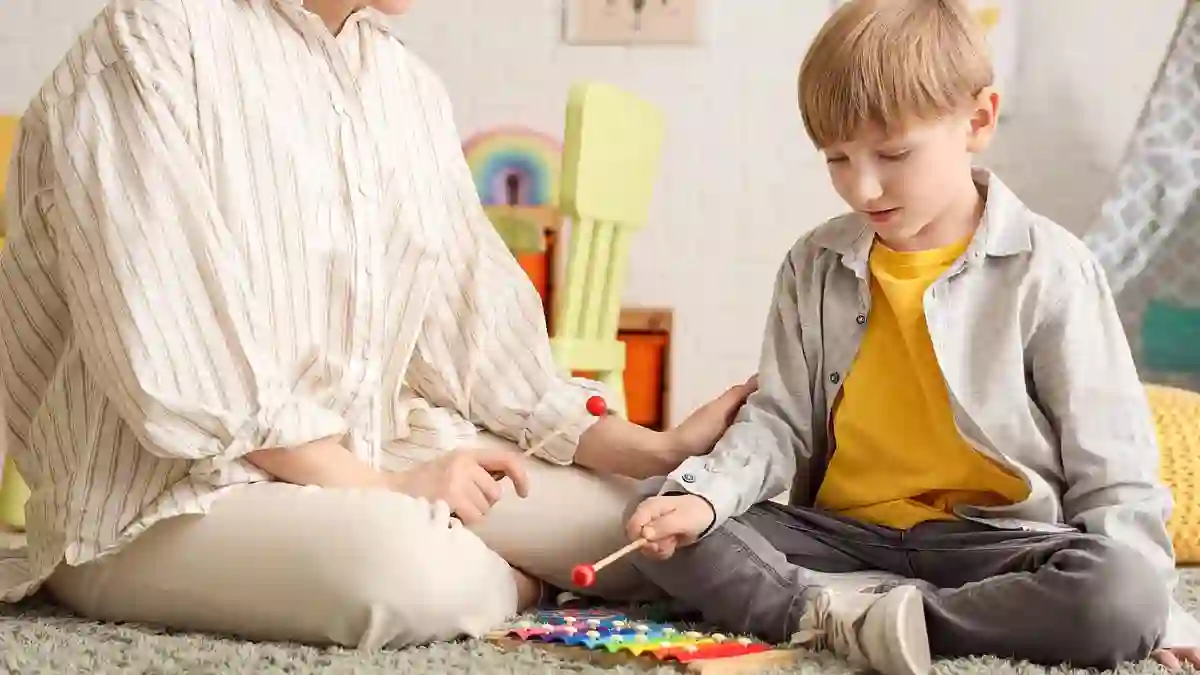Imagine a world where autism isn’t just understood through behaviors or developmental delays—but through the unique genetic makeup of each individual.
That’s exactly what new research out of Princeton University and the Simons Foundation is pointing toward.
And if this discovery holds up, it could completely change how autism is diagnosed and treated—especially for kids who might have slipped through the cracks for years.
Four Genetic Subtypes Finally Offer Long-Sought Clarity
For decades, researchers have struggled to explain why autism presents so differently from one child to another.
Now, scientists have pinpointed four distinct genetic subtypes of autism—each with its own DNA “signature.”
This new classification finally sheds light on why some kids are diagnosed in preschool, while others aren’t identified until their teens or later.
By linking behavioral patterns to specific genetic differences, researchers are hoping to move beyond the one-size-fits-all diagnosis model and instead offer a more tailored approach that better fits each individual.
Earlier Diagnoses Could Become the New Norm
Right now, the average autism diagnosis happens around age five—but parents often notice early signs long before that.
Social delays, unusual communication patterns, or repetitive behaviors usually surface around age two.
Still, countless kids—especially girls or those with subtle symptoms—don’t get a diagnosis until they’re much older.
In fact, a Rutgers study found that some teens aren’t diagnosed until age 16, missing out on years of early support.
But with this new genetic roadmap, early identification might become far more common—and far more accurate.
Why Early Diagnosis Really Matters
Catching autism early can be life-changing. It gives children access to therapies and support systems when their brains are still highly adaptable.
It also helps families prepare and advocate for the right resources in school, healthcare, and daily life.
Dr. Ryan Sultan, a psychiatrist who wasn’t involved in the research, said the shift toward genetic and biological markers instead of just behaviors could transform autism care.
It opens doors for more precise diagnoses and even more personalized treatments in the future.
Autism’s Old Model Is Getting a Major Upgrade
Until now, autism has been diagnosed based on three general “levels” of severity—focused on social communication difficulties and repetitive behaviors.
But these broad categories miss so much nuance, like co-existing conditions or varying sensory sensitivities.
This new framework moves away from those rigid levels and leans into the complex genetic and neurological roots of autism, offering a far more personalized lens.
A Closer Look at the Four Autism Subtypes
Researchers analyzed around 5,000 children and grouped them into four main subtypes:
1. Social/Behavioral Subtype (37%)
This group shows classic autism traits but without major developmental delays.
They’re often diagnosed later, as their early milestones look “normal.” Mental health challenges like anxiety or ADHD are common in this group.
2. Mixed ASD with Developmental Delay (19%)
These children have clear early delays in speech and motor skills.
They also tend to carry rare inherited mutations, pointing to a prenatal cause.
Their symptoms vary widely—some struggle more socially, while others show intense repetitive behaviors.
3. Moderate Challenges Group (34%)
These kids have milder autism symptoms and usually meet typical developmental milestones.
They rarely have mental health complications, and their genetics suggest a lower impact—possibly explaining why their autism is more subdued.
4. Broadly Affected Subtype (10%)
This group faces the steepest challenges, dealing with developmental delays, severe social communication issues, and psychiatric conditions.
Their DNA shows damaging spontaneous mutations, which aren’t inherited.
Genetics Explain a Lot—But Not Everything
While about 20% of autism cases can now be linked directly to specific genetic causes, researchers believe the other 80% are shaped by a mix of complex genetics, environmental factors, and epigenetics (changes in how genes are expressed).
Dr. Olga Troyanskaya, the lead author of the study, stressed that just because a genetic cause isn’t obvious doesn’t mean genetics aren’t involved.
In fact, autism is estimated to be up to 90% heritable, meaning it often runs in families even if the precise mutation is hard to find.
A Big Step Toward Personalized Autism Care
This discovery doesn’t just help with diagnosis—it also lays the groundwork for targeted treatments.
With more defined subtypes, doctors can design care plans that actually fit each child’s needs rather than using generic strategies.
Dr. Nechama Sorscher, a child psychologist, emphasized that understanding the genetic roots of autism doesn’t just improve medical care—it also reduces stigma.
Knowing autism has a biological basis can help families let go of guilt or blame and better support their loved ones.
A Surge in Diagnoses—and Awareness
Autism diagnoses have been rising fast. In 2000, only 1 in 150 children were diagnosed.
By 2020, that number jumped to 1 in 36, according to the CDC. A massive study in 2024 also found a 175% rise in diagnoses over just 11 years.
Experts believe the increase is due to a combination of better screening, greater awareness, and evolving definitions of autism.
But some also point to changing environmental factors as possible contributors—an ongoing debate in the research community.
What Comes Next for the New Framework?
So when will this new model actually show up in clinics? According to Dr. Troyanskaya, changes like this take time.
Clinical adoption requires follow-up studies, real-world testing, and lots of review.
But if all goes well, this could be the start of a new era in autism care—one where more kids are identified early, get the support they need, and live fuller, more empowered lives.
